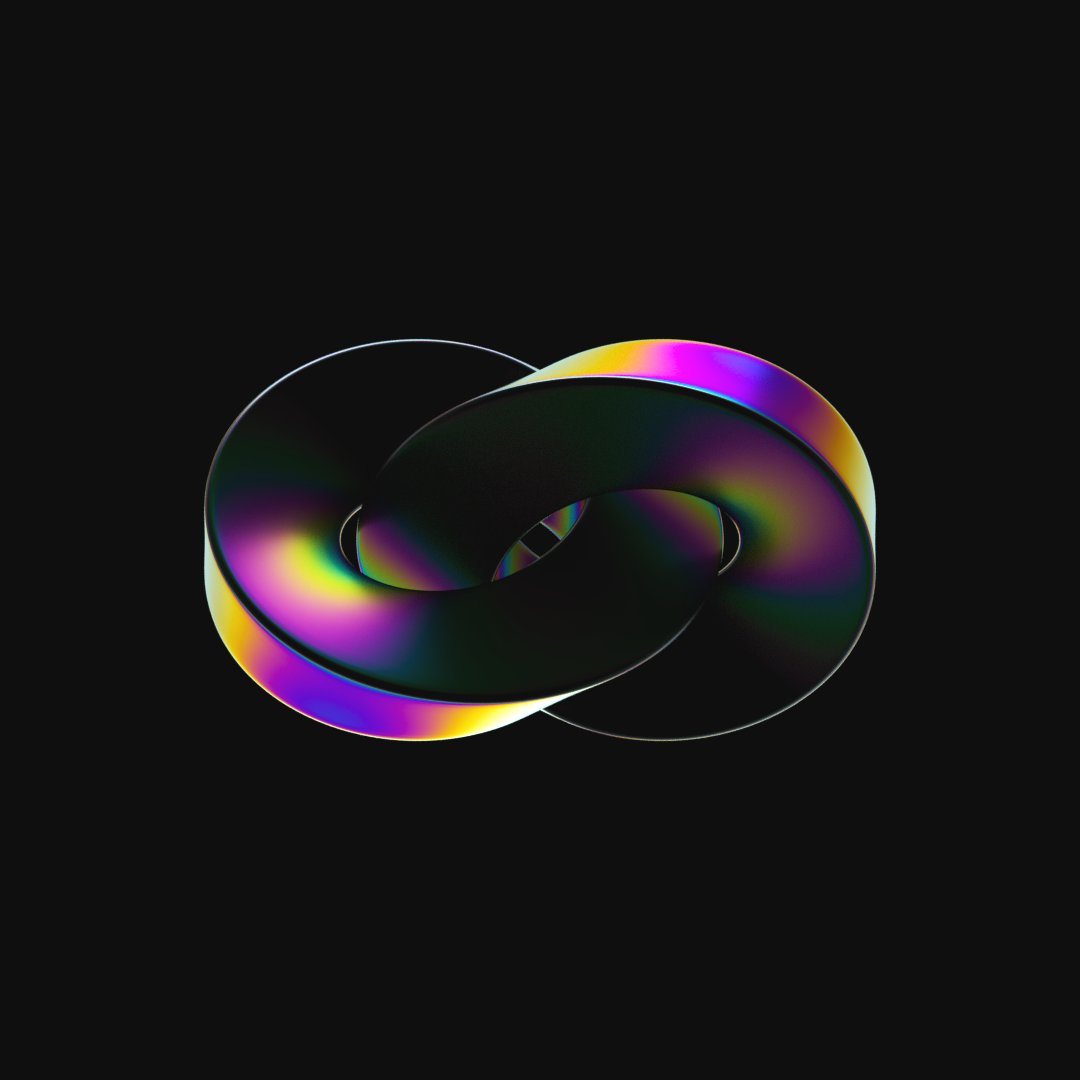Considered one of the most pioneering NFT creators, Pak’s identity is shrouded in mystery. They reveal to Tatler how their groundbreaking practice fulfils their intentions and values
On December 4, 2021, it was reported that the record for the highest price ever paid for a work by a living artist, set by Jeff Koons’ Rabbit in 2019 at US$91.1 million, had been broken. The new record-holding piece, Merge (2021), had achieved US$91.8 million. But this sale was just the beginning of a controversy.
The “artwork” was in fact made up of 266,455 shares (each share represented a portion of a whole individual NFT). Each share comprised of a single dot known as “a mass,” which varied in size and price, and was purchased in varying numbers by almost 30,000 buyers within a 48-hour window on the platform Nifty Gateway. Every time a collector bought a new mass, it would merge with those they already owned; further, collectors could sell their mass on to other buyers—leading, potentially, to the formation of one giant mass.
Naturally, this “drop” added fuel to the discussion fire of whether an NFT is, in fact, art, and whether this multiple ownership model is comparable to the performance of sales like Koons’.
Merge starts.https://t.co/dEeEOWwjkv
— Pak (@muratpak) December 9, 2021
Merge was conceived by pioneering “creator”, Pak, about whom little is known: are they a man, a woman, an AI-operated entity? They use a voice modulator when speaking over the phone, but they only do that with people they work with. Twitter seems to be the preferred mode of communication, where Pak frequently shares dramatic but simple philosophical one-liners, invariably generating hype for forthcoming projects.
What is known, however, is their intention: to democratise accessibility to art, and other collectible goods, through sophisticated and innovative coding, pushing the boundaries of what NFTs, as a medium, can accomplish.
Don't Miss: The Ultimate Dummy's Guide to NFTs by Tatler Asia




